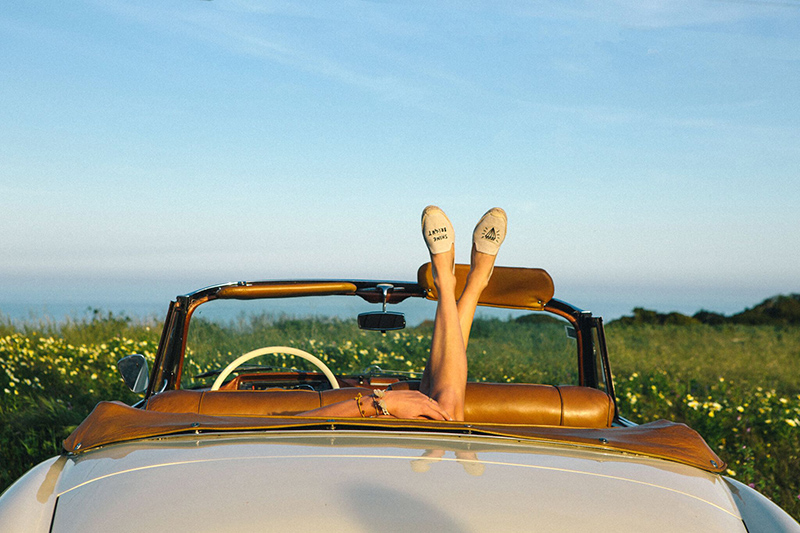Located on the Iberian Peninsula, picturesque Portugal boasts a temperate climate that varies greatly by region. While the coast is milder and wetter, head inland, and winters can be quite harsh, with sweltering summers. The further south, the warmer the temperature at any time of year (hello, sun-soaked Algarve). Portugal’s wild isles of Madeira and the remote Azores have different climates, too, but are generally at their loveliest during the summer months. The best time to visit Portugal depends on whether city exploring, beach lounging or outdoor activity is on the agenda. Need help planning your trip? Read our month-by-month roundup of Portugal’s weather so you know what to expect and when.
The Azores
The Azores have a subtropical and mild climate, strongly influenced by the Atlantic Ocean. The climate is, therefore, quite wet but can vary greatly from day to day. Naturally, the hottest temperatures are in summer (maximum average of 25°C), while winter temperatures are around 14°C. In the Azores, it's not unheard of to experience four seasons in one day. This is especially true in spring or even autumn. It's a good idea to pack a light raincoat even in summer.
The Algarve
The coastline around Sotavento and the centre of the Algarve region have the highest temperatures in mainland Portugal and even in the Iberian Peninsula. It boasts a hot Mediterranean climate over four to six months when rain is rare. This is particularly evident in July and August, with around 0.15 inches of recorded rainfall per month in Faro. The Algarve is one of the sunniest regions in Europe, not far from the Canary Islands (Spain), where it often averages almost 2,800 hours of sunshine per year (compared with 3,000 hours in the Canary Islands). Snow lovers should be aware that snow is rare in this part of Portugal (snow last fell on the coast in 1954), but a few mountain ranges did get a covering in 2006.
The Alentejo
The Alentejo region has a temperate climate, with some continental and Mediterranean influences. Summers are generally hot and dry, and winters are cold and wet. The other seasons have pleasant weather with moderate variations, so it’s a sunny spot in autumn and spring. December and January are the coldest months in the Alentejo region, with an average temperature of 6°C, far below the summer peak of 30°C. Like the rest of Portugal, the influence of the sea means the coasts enjoy warmer temperatures than inland.
Lisbon
Portugal's capital, Lisbon, was the starting point for many seafaring expeditions of the past and was chosen for its favourable climate and easy-going way of life. The city is pleasant to visit at any time of year and has a mild and wet oceanic climate. In summer, fresh air from the Atlantic Ocean takes the edge off the temperature. May to October is hot and dry, but the climate is cooler, with periods of rain in winter. The maximum average temperature is 27°C-28°C in July and August, but it drops below 15°C in December and January. There’s significant rainfall at this time of year, extending into November and February.
Madeira
Few places can boast year-round appeal. But Madeira can, thanks to its favourable latitude, which is on the same level as southern Morocco. The climate is subtropical, with reduced variations in temperature due to the influence of the Atlantic and the contoured terrain: the higher the altitude, the milder the climate. Winters see average temperatures of between 17°C and 18°C, while in summer, it's common to see averages of 23°C and 24°C. Temperatures rarely exceed 30°C in Madeira.
Porto
Porto has distinct weather, known as a Supra-Mediterranean climate, strongly influenced by the Atlantic Ocean. This means summers are hot, but they feature lower temperatures than in cities with a Mediterranean-designated climate. Expect rain in winter – with heavier rainfall than inland areas – along with cool temperatures.





























